Body
(Re)colonizing Tradition
A Pedestrian Guide to a "Traditional" City
Welcome to Bhaktapur
[1] The Tea Stall at Guhepukhu
[2] Nava Durga Chitra Mandir
[3] Khauma Square
[4] Tourist Motor Park
[5] Indrani Pitha
[6]Lasku Dhwakha Gate
[7]Char Dham
[8]Cafe de Temple
[9]Batsala Temple
[10] Batsala Temple
[11] City Hall
[12] The Procession Route
[13] Pujari Math
[14] The Peacock Restaurant
[15] Sewage Collection Ponds
[16] Bhairavanath Temple
|
Using Otherness
Yet, this "otherness" had to be cultivated. The tourist industry did not start until the country was opened to the West after the fall of the Rana regime in 1951. In 1954, tourist visas were liberalized, and in 1959 Nepal joined the United Nations¹ World Tourism Organization (WTO). A Tourist Development Board was set up in 1957 under the care of the Ministry of Transport and Communication and in accordance with the provisions of the Development Act of 1956. In 1959, the new directorate was constituted with a separate staff. In 1962, the Board was converted into the Department of Tourism and then into the Ministry of Tourism. In 1965, the Ministry plotted places of interest, started courses for tour guides, and instituted forms for tourist statistics. But by the mid-1970s, tourist sites had started to be saturated. A Tourism Marketing Strategy (197781 )was begun, which surveyed potential tourist areas and their developments. It also began construction of infrastructure at Polhara-Jomoson, Langtang, and Mount Everest. The marketing strategy concentrated on four goals for Nepal. First, to earn hard currency. Second, to increase the number of tourists and lengthen their stay. Third, to replace foreign goods by domestic products. And finally, to provide employment opportunities through tourism-related industries.
  
|
Maps
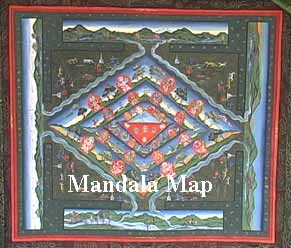
Mandala Map
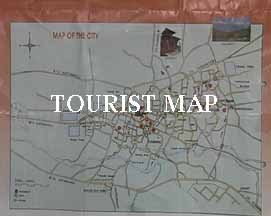
Tourist Map

Government
Map
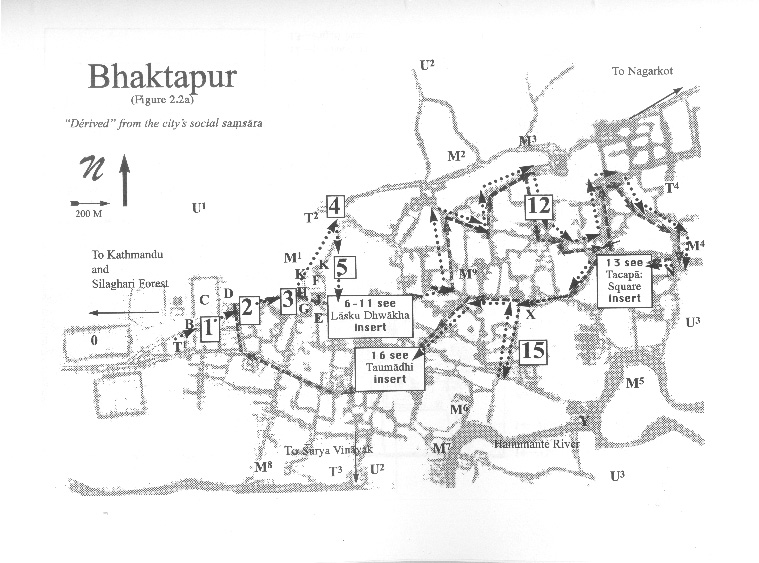
Pedestrian
Tour Map
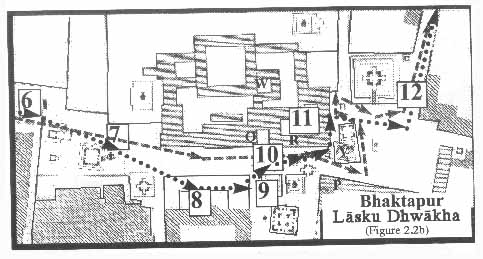
Bhaktapur
Durbar Square
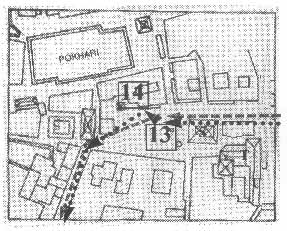
Tacapa Map
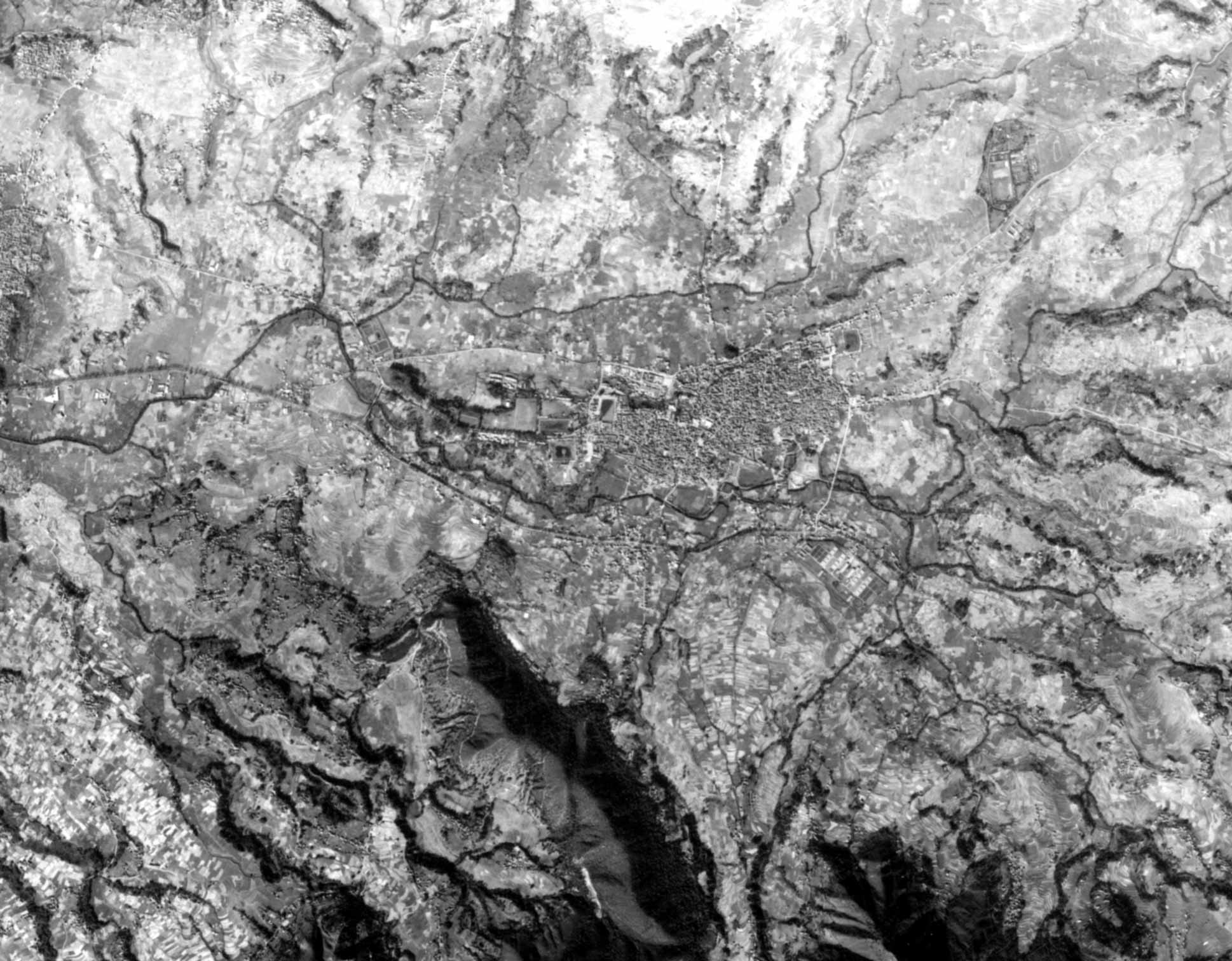
Satellite
Photograph
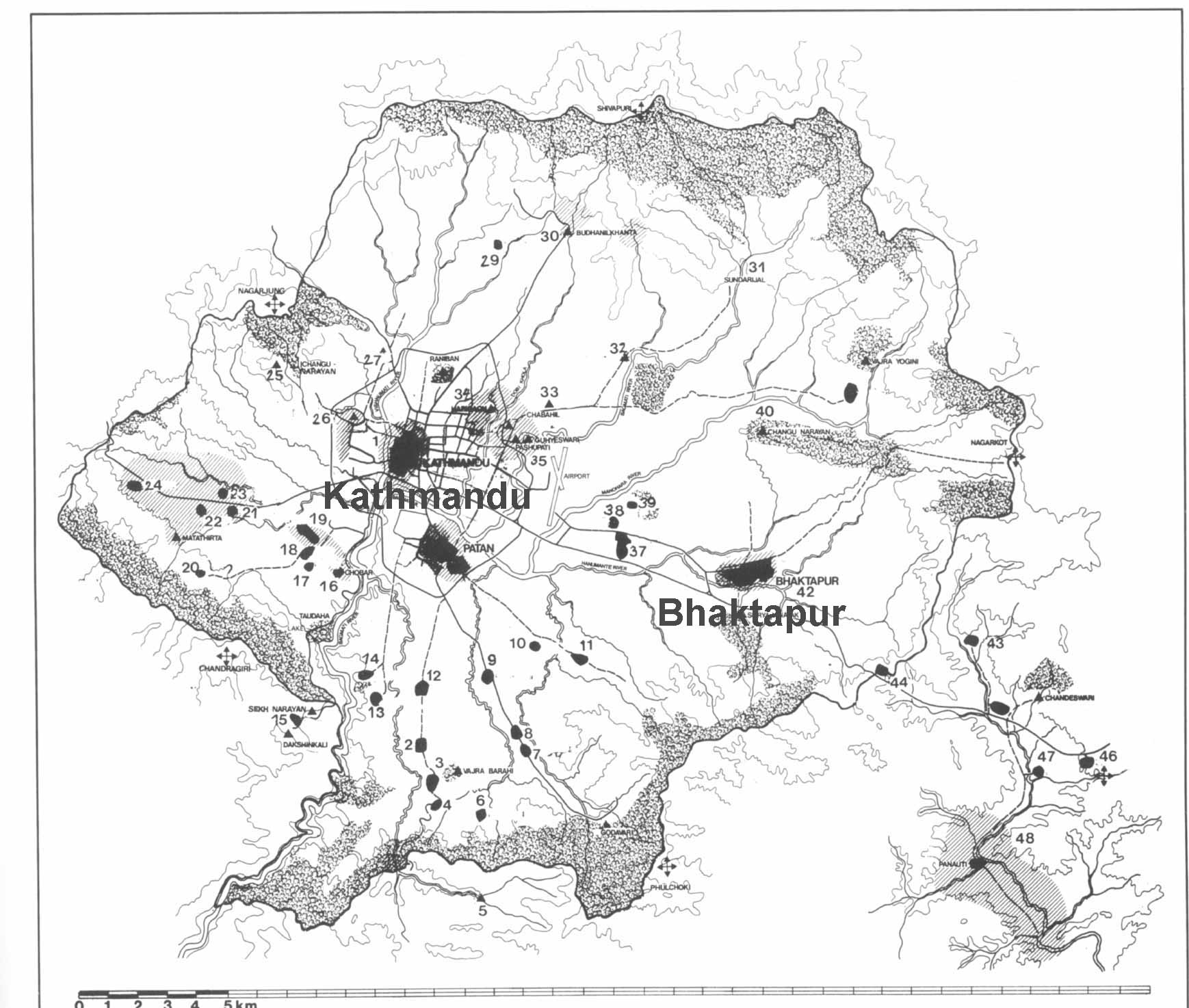
Kathmandu
Valley
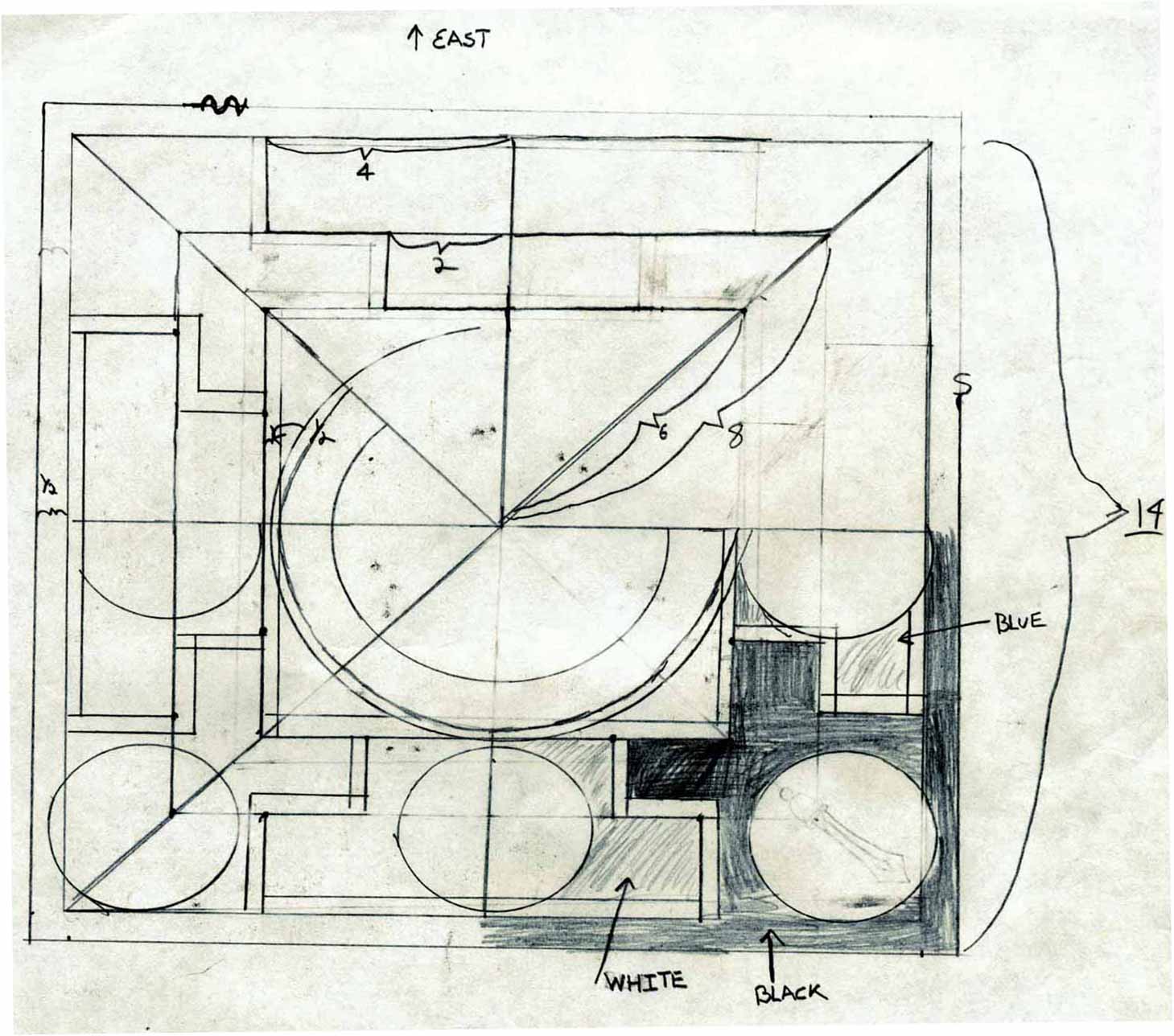
Goddesses
|